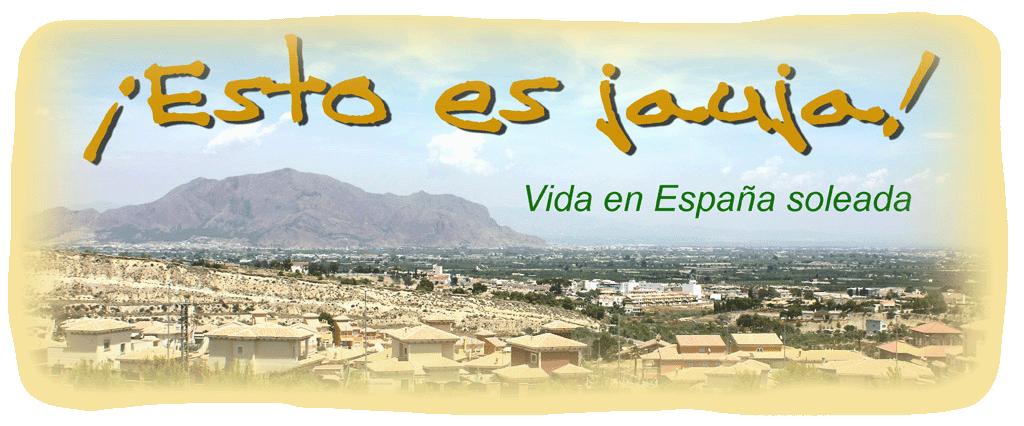You know I learnt an awful lot from watching the two professionals shooting pictures at my daughter's wedding.
Talking to Ian Jardine afterwards, I also learnt how thorough his approach is.
Ian only uses 4GB memory cards and never fills them. For each part of the wedding he swaps cards but only after he has transferred the pictures to his laptop which he stores in a secure place. The used cards are then kept by his wife, Cathy in a belt around her waist. As Ian says, memory cards can develop faults so he doesn't want the whole of wedding shoot on one card and he certainly doesn't want them lying around in his camera bag for someone to pick up.
When he gets back home, Ian then transfers the pictures to his main computer and backs them up to two external drives; one in a fire proof safe at his own home and the other in a fire proof safe at his mother-in-laws house. Only then does he indulge himself with a fine drop of whisky.
In terms of his technique, Ian prefers natural light but will supplement it with flash where necessary either from an external flashgun on his camera with a diffuser to soften the light or from a softbox placed high on a light stand.
For the first dance, he relied on natural light, setting the ISO high on his Nikon D700. The full frame Nikon is renowned for its ability to produce clean images at high ISO speeds and so this is no problem. The results captured the atmosphere much better than my efforts using an external flashgun.
The other thing I noticed was that Ian uses a hand held meter to check exposures. It isn't that he doesn't trust the meter built into his Nikon, it is just that he knows that it is vital to get a proper exposure on the bride's dress. He also uses a grey card to set colour balance. Although you can adjust colour later if you shoot in RAW format, as Ian says, it is better to get it right in the camera.
For sure, I will be putting all of these tips into practice next time I have an important event to photograph and will thank Ian every time I do.
Talking to Ian Jardine afterwards, I also learnt how thorough his approach is.
Ian only uses 4GB memory cards and never fills them. For each part of the wedding he swaps cards but only after he has transferred the pictures to his laptop which he stores in a secure place. The used cards are then kept by his wife, Cathy in a belt around her waist. As Ian says, memory cards can develop faults so he doesn't want the whole of wedding shoot on one card and he certainly doesn't want them lying around in his camera bag for someone to pick up.
When he gets back home, Ian then transfers the pictures to his main computer and backs them up to two external drives; one in a fire proof safe at his own home and the other in a fire proof safe at his mother-in-laws house. Only then does he indulge himself with a fine drop of whisky.
In terms of his technique, Ian prefers natural light but will supplement it with flash where necessary either from an external flashgun on his camera with a diffuser to soften the light or from a softbox placed high on a light stand.
For the first dance, he relied on natural light, setting the ISO high on his Nikon D700. The full frame Nikon is renowned for its ability to produce clean images at high ISO speeds and so this is no problem. The results captured the atmosphere much better than my efforts using an external flashgun.
The other thing I noticed was that Ian uses a hand held meter to check exposures. It isn't that he doesn't trust the meter built into his Nikon, it is just that he knows that it is vital to get a proper exposure on the bride's dress. He also uses a grey card to set colour balance. Although you can adjust colour later if you shoot in RAW format, as Ian says, it is better to get it right in the camera.
For sure, I will be putting all of these tips into practice next time I have an important event to photograph and will thank Ian every time I do.

No comments:
Post a Comment